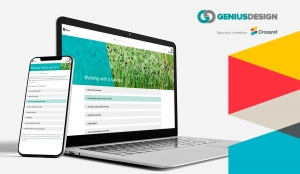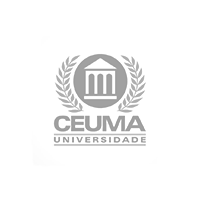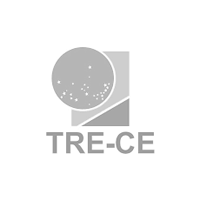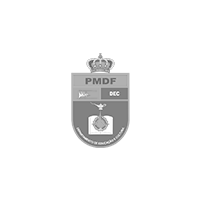Displaying items by tag: crossref
Dúvidas frequentes sobre Digital Object Identifier (DOI)
Sobre o DOI (Digital Object Identifier)
Informações importantes sobre DOI, metadados e objetos.
Sobre a Crossref
Informações importantes sobre prefixos, tipos de associação Crossref, obrigações e benefícios.
Sobre a aquisição de registros DOI
Informações sobre o processo de aquisição/compra de registros DOI com a GeniusDesign.
DOI Deposit - CrossRef
What is it?
A DOI, or Digital Object Identifier, is a sequence of numbers, letters and symbols used to exclusively identify an article or document. This identifier is expressed through a permanent web address (URL).
A DOI will help your reader to easily locate a document from your citation. Think of it as an ID number for the article you're quoting - it will always refer to that article, and only that article. While a web address (URL) can change, the DOI will never change.
Benefícios
- Requirement required by relevant indexing bases;
- Improvement in articles metadata import process;
- Improvement in the process of quoting articles in the journal;
- Greater quote traceability;
- Important for altmetric data collection;
- Metadata publicly available and accessible via API by information systems;
- Increase in the journal credibility;
- Greater interest for authors;
How we work
To file DOIs, your journal needs to join a registrar agency such as CrossRef. In this institution, association can be direct or through a sponsoring member, such as GeniusDesign. Sponsoring members provide all the technical support necessary for a correct deposit of object metadata (articles, publications, etc).
Associated with CrossRef, your journal receives a prefix to identify the publication or institution and is entitled to make deposits through the sponsoring member.
We work with proposals from 20 digital objects for deposit. If your journal already has a prefix, we will carry out an administrative process with CrossRef to assume your publication deposits and, thus, start the deposits. If you don't already have a prefix, we will provide everything for your journal.
Complete this form to request a DOI deposits proposal.
Similarity Check (iThenticate) - Plagiarism Check
What is it?
The Similarity Check service helps Crossref members avoid academic and professional plagiarism by providing immediate feedback on how similar a manuscript is to other academic and general content published on the web, through Turnitin's iThenticate text comparison software.
iThenticate is the most trusted plagiarism checker from the world's leading researchers, editors and academics. With an exclusive partnership with CrossRef, the Similarity Check service delivers a personalized experience from iThenticate, so that the members have access to a database of unparalleled, high-quality academic content.
Expressive databases such as IEEE, Springer Nature, Wiley-Blackwell, and thousands of others rely on iThenticate to identify non-original works. Every year, iThenticate checks 14 million documents for plagiarism, comparing each submission with its extensive content database.
Request Similarity Check Quotation
Benefits
- Protect your reputation from the harm of a plagiarism allegation;
- Increase your chances of acceptance with the editors' preferred tool;
- Comprehensive results with the Similarities Report, which highlights sections of text for review and helps ensure work originality;
- Check matches and sources in an intuitive dashboard to preview source content and make it easy to review each match;
- Identify critical issues by quickly identifying the most important text matches to analyze;
- Increase the journal’s credibility;
How we work
Only CrossRef members are entitled to use the Similarity Check / iThenticate service, which includes read-only access to the full text of articles in the Similarity Check database for comparison purposes. Learn more about becoming a CrossRef member.
Similarity Check subscribing members allow Turnitin, the company behind iThenticate, to index a full catalog of their current published and archived content in the iThenticate database. This means that the service is only available to members who are actively publishing DOI-attributed content and including full-text URLs in their metadata specifically for similarity checking.
FAQ: Como funciona a atribuição de DOI? Identificando meu primeiro objeto digital
No mês passado, tivemos a alegria de anunciar que tornamo-nos membro patrocinador da CrossRef. Deste modo, a GeniusDesign está habilitada a promover a entrada de novos membros na CrossRef e a depositar objetos digitais para diversas instituições e publicações.
Neste artigo vamos explicar como se dá o processo para uma instituição que deseja depositar DOIs para as suas publicações em um formato de FAQ.
GeniusDesign torna-se membro CrossRef para depósito de DOIs
Em fevereiro desse ano, publiquei aqui no blog um texto falando sobre o novo momento da GeniusDesign, voltando-se para o mercado de publicações científicas, expresso em nossa nova marca. Sete meses se passaram desde a publicação daquele texto e passos muito importantes foram dados, aumentando a oferta de serviços especializados para periódicos científicos.


























































































































 4.9
4.9 